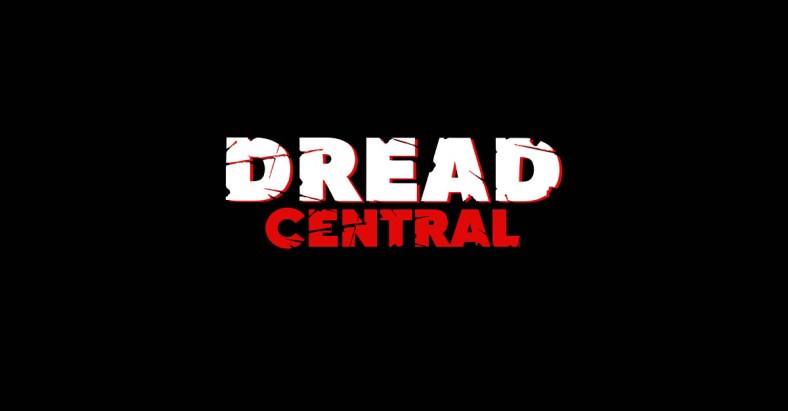2017: The Digital Rebirth of the Midnight Movie

This year’s Sundance audience had no idea what they had signed up for when they entered the Egyptian Theatre on January 21st, the midnight premiere of Kuso. While Flying Lotus has established a well-earned legacy through his music, feature films are a fresh venture for him – and his first effort was transgressive enough to be dubbed one of the grossest films ever made. In spite of this film’s instant infamy, however, it didn’t have a theatrical run. Its grotesque pleasures must be sought almost exclusively online. Only some (lucky or unlucky) cinephiles have been able to experience this creation as it, and much of its ilk, should be – in the darkness of a theater.
The midnight movie phenomenon truly broke into the mainstream during the late ‘60s, amidst the academically-deemed Golden Age of American cinema. Now-famous directors like John Waters, David Lynch, and Alejandro Jodorowsky earned notoriety with these works – made infamous by their grotesque natures, sure, but also because they broke cinematic rules in such effective ways. There is something cathartic about watching a film that shows you something impossible, surrounded by others who are just as shocked and moved. This is an experience that audiences can’t truly replicate outside of a theater, at any time before nightfall.
Since the rise of the multiplex and big-chain theaters, independent cinemas have had a more difficult time competing. Why settle for one screen, anyway, when you can have twenty? With blockbusters and a series of misfires (lookin’ at you, Heaven’s Gate) putting an end to the revolutionary Golden Age, there wasn’t a space for midnight movies. Perhaps this was because they defy classification. Their ultimate effect may be disgust or discomfort, but a midnight movie isn’t necessarily horror, or comedy or sci-fi, for that matter. Without a category, they’re impossible to sell – or sell easily.

Film festivals have become the salvation of these less accessible offerings. Kuso was one of eight midnight selections at Sundance this year, amongst the equally harrowing (albeit less gooey) Bitch, the oddly touching The Little Hours, and entertaining anthology XX, to name a few. Big players like South by Southwest, TIFF, Tribeca and AFI sport midnight sections as well, which have premiered recent smashes like Turkish hellfest Baskin or monstrous love poem Spring – while the equally important Fantastic Fest and Sitges Film Festival have focused solely on genre films for years. Fest favorites still rely on distribution to find a broad audience, though, and often the weirdest ones get left behind.
So, where do modern audiences find these films when they don’t get a traditional release? They have to go online. Netflix’s horror section is notoriously uneven, though its acquisition of IFC Midnight’s lineup has improved it immensely. One of the most consistent platforms for weird cinema is far more niche – AMC’s hidden gem, Shudder. It’s advertised as Netflix for horror, but its curators have shown a specific focus on all things strange, regardless of category. This year, they’ve acquired more standard genre fare, like the heinously clever Better Watch Out and the powerful, agonizing Revenge; but arguably their most famous grab is Kuso, which draws an entirely different audience. Fresh acquisitions like Prevenge and We Are the Flesh, along with hard-to-find classics such as Death Bed: the Bed that Eats and The Devils, prove the site’s attention to exposing new audiences to bizarre, world-changing content.

It isn’t to say that weird movies haven’t been made in the decades between these periods; but we seem to have entered an age in which they’re becoming easily accessible again. Prestige talent has begun crossing into weird movies too; see Anne Hathaway in the genre-destroying Colossal or Jennifer Lawrence enduring all sorts of abuse in mother!, remarkable if only for the fact that Paramount released it with no questions asked. Stylish directors like Ben Wheatley and Ana Lily Amirpour broke into the mainstream with their own no-budget visions of strangeness, A Field in England and A Girl Walks Home Alone at Night, respectively.
Presenting a new generation with films that challenge, provoke, disgust and distort is essential; we live in a time of upheaval and anxiety, so why not explore movies that show the world in all its chaotic glory? Even so, that connection of a dark theater is missed – and fans can hope that somehow, the system will change again, allowing for a fresh cycle of movies that only play at night.

Categorized:Editorials News
